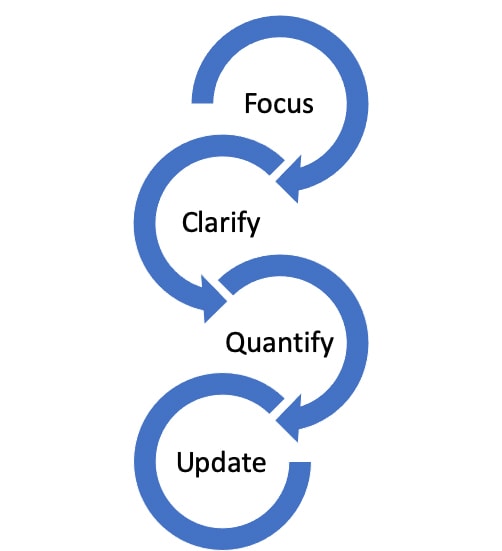Have you ever wondered how Amazon got so large and powerful in the retail space? The fact that I can buy a ten-dollar widget and have it delivered for free in two days (I’m a Prime member) is amazing.
Amazon is good at more than online sales. They’re great at technology, logistics, and distribution.
How can you use technology, logistics, and distribution expertise to dramatically scale your business?
Amazon’s strategy is to make it very easy for us to buy and receive their products. Amazon grew from selling books to selling just about anything in the retail space.
Before you tell me that Amazon is the enemy to privately-held small and medium enterprises (SMEs), 58% of Amazon’s gross product sales are from independent third parties, according to their 2018 letter to shareholders (link below). These are mostly SMEs. Therefore, SMEs, at 58%, are actually out-selling Amazon, at 42%.
If you’re an SME, how can you sell your products on Amazon?
To learn more about Amazon and where they are headed, I recommend reading Jeff Bezos’s (their CEO) annual letter to shareholders. Here is a link to the most recent letter.
Today, I want to talk about four challenges to developing and implementing strategy.
First, let’s start with my definition of strategy. I define strategy as the proactive and intentional focus and alignment of your resources to provide optimal value and generate results for your ideal customers.
Being all things to all people is not strategy, it’s the opposite of strategy. That’s what many start-ups who are starving for cash try and do: anything for a sale and cash flow.
Unfortunately, some small businesses maintain this mindset of doing anything for cash. They don’t grow out of their infancy start-up mindset, even after hitting $20 million in annual revenues.
The solution is to shift their mindset to proactively creating value for their ideal customers. That takes courage. Yes, strategy takes courage.
Just like great art is intentional and designed to create an emotional reaction in the observer, great strategy is designed to create an impact on the customer.
Great strategy is designed to create a measurable positive impact on your ideal customers.
Now, half-way through my third decade of consulting to privately-held companies of all sizes, I see four common strategic challenges. These cause a loss of traction, business friction, waste of resources, and a negative customer experience. The result is reduced customer loyalty, increased price pressure, reduced margins, and decreased sales.
Figure 48.1 Four Strategic Challenges

- Lack of focus.
This often stems from not letting go of their starving small business mindset because they are still chasing cash. The solution is to clarify your focus and pursue your ideal clients with your powerful value.
What is your primary business focus: short-term sales or long-term value creation for shareholders and stakeholders? What is your powerful value? Who are your ideal customers?
- Not clearly defining strategic value in terms of the customer’s results.
Too often, businesses describe themselves from their methodology, such as construction or legal advice. The correct way to describe your value is from the customer’s perspective and the results you create for your customers.
“We build infrastructures that enhance corporate brands, make communities beautiful, and optimize the human environment,” is more powerful than “we build offices using LEAN and LEED processes.”
Financial planning isn’t about financial planning. It’s about creating and protecting wealth to ensure quality of life in the future. How can you define your strategic value?
- Failing to quantify strategic value.
This is rarely done and a powerful opportunity for you to differentiate your business and attract new customers. Once you define your strategic value in terms of the customers’ results, you need to measure and quantify those results for maximum impact.
Anything can be measured, whether objectively or subjectively. Your customers measure their ROI with you. Ask them how they measure your impact?
- Not reviewing and updating the strategy frequently.
Strategy is organic and dynamic. It’s a living thing. It needs to be tended to regularly. Resetting your strategy every couple of years is no longer acceptable nor optimal.
At a minimum, a formal quarterly review is necessary to monitor how your current strategy is working, customer behavior, competitive positions, and current opportunities.
By clarifying your focus on proactive value creation for your customers, measuring your impact, and reviewing/updating your progress quarterly, you will avoid the most common strategic challenges that many companies, large and small, experience.

